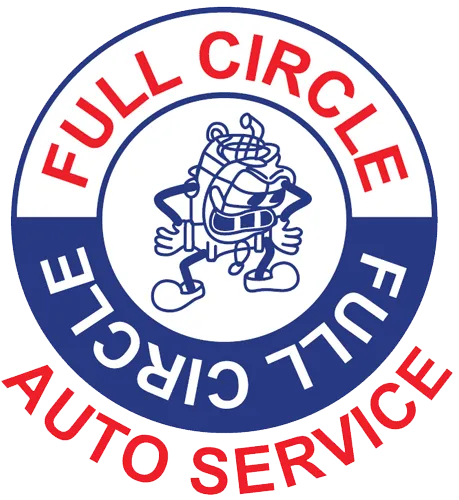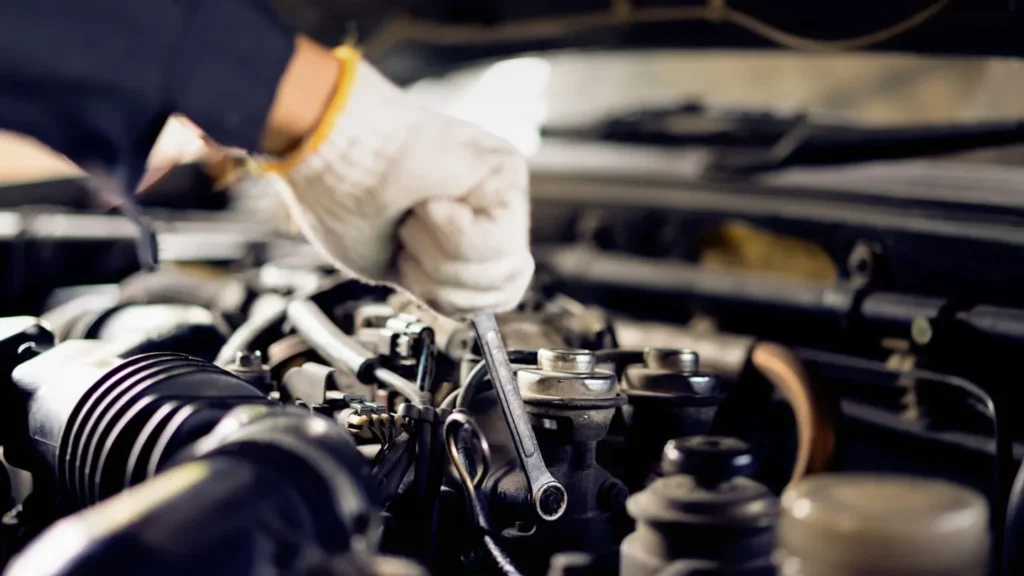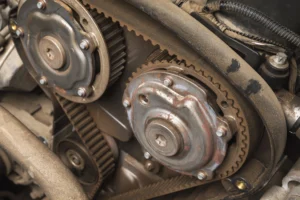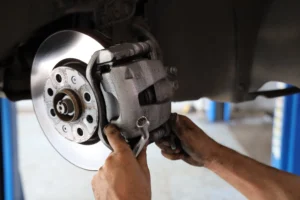What exactly happens to my car during a tune-up?
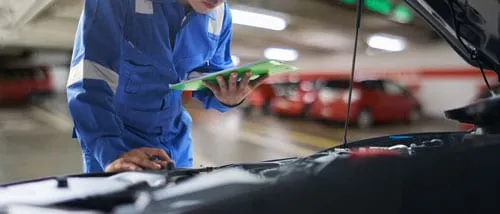
The term “tune-up” is an older, general term for improving the performance of your vehicle’s engine. While the process of a tune up has changed drastically as vehicles have evolved, the term still persists, and many people swear by the procedure for regular car maintenance. Older vehicles required tune-ups for engine adjustments that are now monitored by our vehicles’ computer systems. If this is the case, why is the term still around, and what happens when we get one?
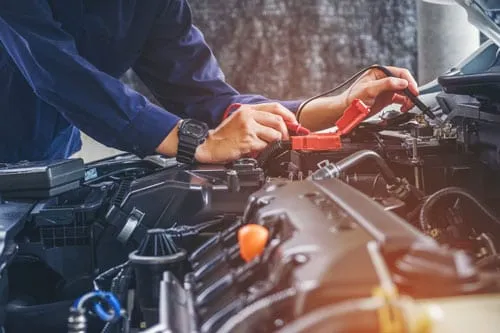
The tune-ups of today might begin with litany of engine performance checks. These can include battery voltage, engine vacuum to detect air leaks, scanning the computer for fault codes, checking exhaust emissions, verifying idle speed, and checking the ignition timing. Also, a visual inspection of hoses, belts, and fluids will occur to certify they are functioning properly. Two carry-overs from classic tune-ups are spark plug and air filter replacements, which will often still occur during this process as well. Many items from classic tune-ups, such as distributors and spark plug wires, don’t exist on modern vehicles, though. Also, modern computer systems handle such tasks as fuel mixture, which old tune-ups would look at.
The definition may have changed, but the intention remains the same: tune-ups are meant to be a part of your regular car maintenance to keep you on the road. Consult your vehicle’s manual and your local auto specialist to know exactly what needs to be checked and when.
